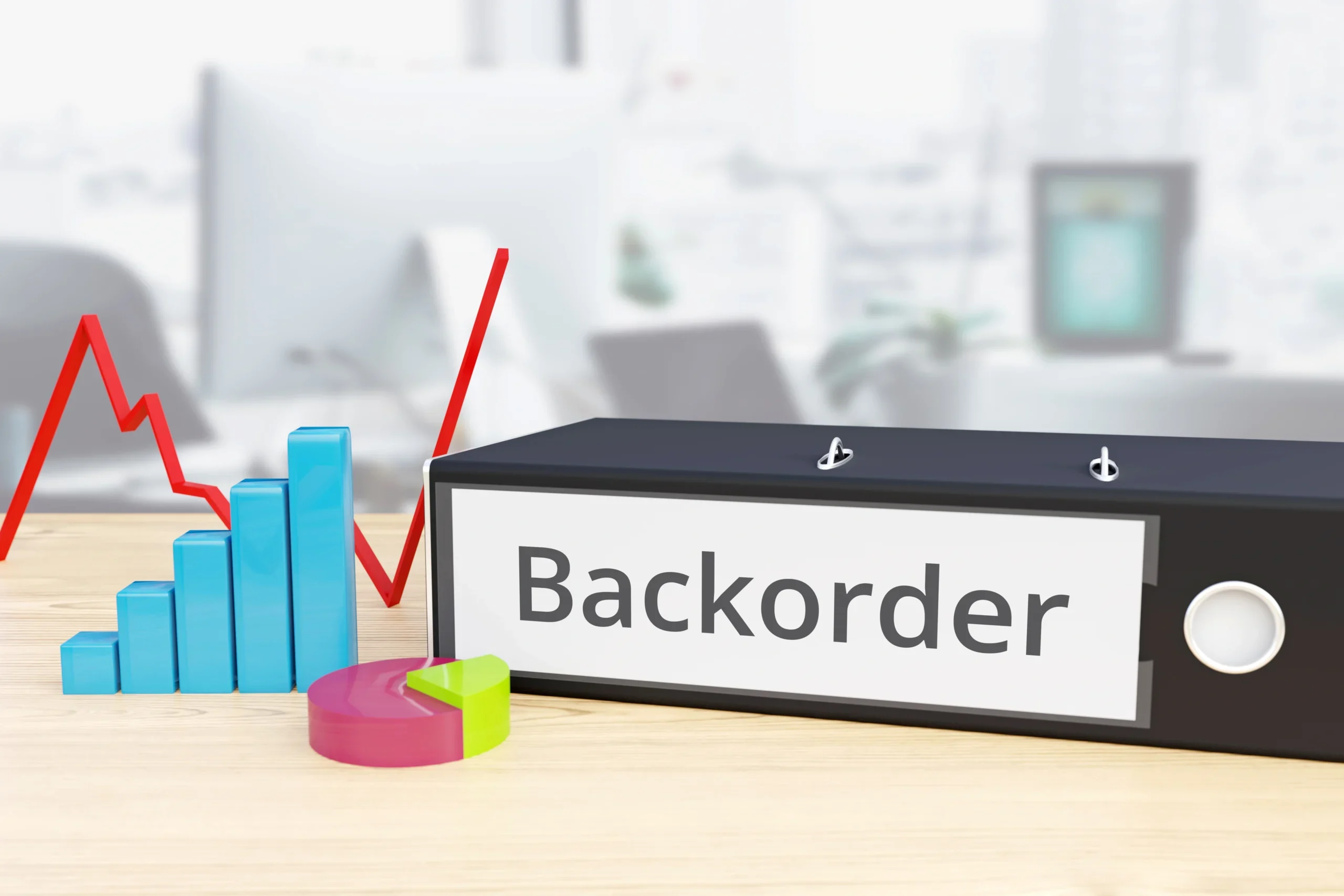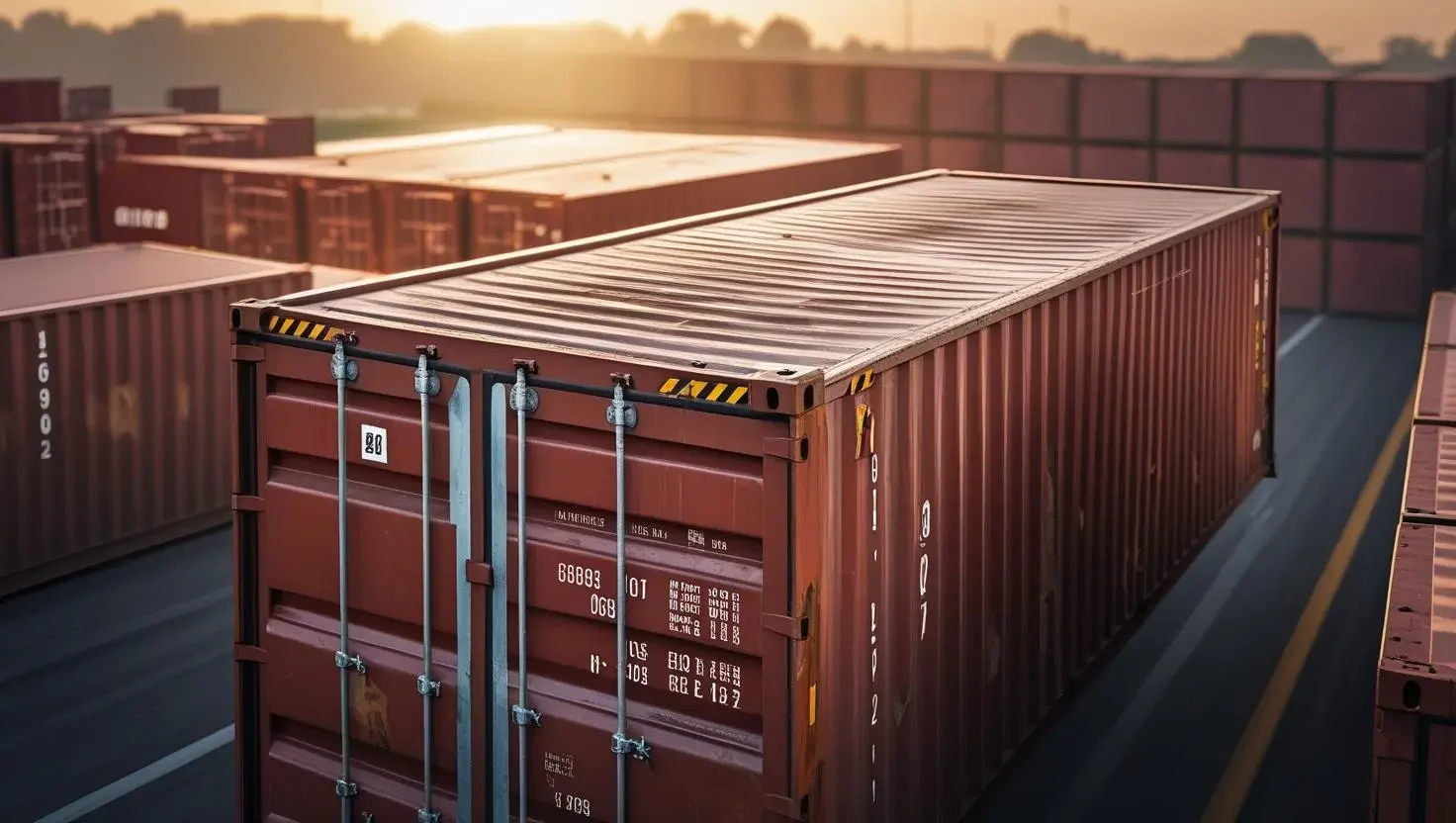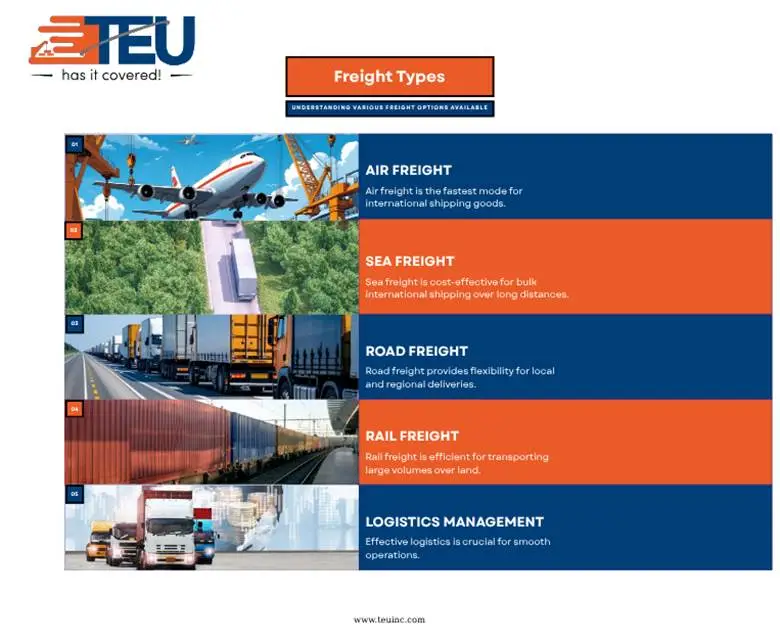What Exactly Is a Backorder? How To Manage It?
When you are shopping online, you might come across the word “Backorder“. Now the question arises “What exactly is a backorder?”
A backorder happens when customers can order an item that’s temporarily out of stock because the seller expects to restock it soon. Think of it as a “you can buy it now, but you’ll get it later” situation.
Unlike an out-of-stock notice where the product simply isn’t available to buy at all, a backorder means the business is still taking orders and just needs a little more time to ship.
Why Do Backorders Happen?
Backorders are more common than most businesses would like to admit. They can be caused by:
Sudden Demand Spikes
For example, if a bakery in Chicago gets featured on a food TV show, their signature cheesecake could sell out in hours. Demand shoots through the roof, and supply can’t keep up.
Supply Chain Delays
Maybe your shipment is stuck in a port in Los Angeles due to customs delays or a shortage of truck drivers.
Production Bottlenecks
Factories might run into issues with raw materials, machine breakdowns, or labor shortages.
Seasonal Surges
Retailers in New York often see backorders for winter gear after the first snowstorm, even if they stocked up earlier in the season.
The Customer’s Perspective
Let’s be honest nobody loves hearing that their order will take weeks instead of days. But backorders don’t always have to be a negative experience.
If businesses communicate well, customers are often willing to wait, especially for high-demand or limited-edition products. The difference comes down to transparency, updates, and maybe a small perk like free shipping or a discount on the next purchase.
How Backorders Affect Your Business

Here’s the reality: backorders are a double-edged sword.
Pros:
- You can keep making sales even when inventory is temporarily unavailable.
- They help gauge customer demand for future stocking.
- They prevent lost revenue during short-term supply hiccups.
Cons:
- Frustrated customers may cancel orders.
- Shipping delays can hurt your brand’s reputation.
- Complex logistics are required to fulfill orders in the right sequence.
Managing Backorders Without Losing Customers
If you’re running a logistics operation, here’s how to keep backorders from becoming a nightmare:
1. Keep Your Inventory Data Accurate
Use Inventory Management Systems like NetSuite that can flag low stock early, so you can reorder before the backorder problem starts.
2. Be Transparent
When customers place an order for an item on backorder, tell them upfront about the delay. A clear message like “Expected ship date: August 25” works wonders.
3. Offer Alternatives
If a red winter coat is in a back order, it offers the same style in blue that’s in stock. This can save sales.
4. Stay in Touch
Send order status updates via email or text. Customers who feel “in the loop” are less likely to get annoyed.
5. Work Closely with Suppliers
Strong supplier relationships can sometimes get you priority restocking.
6. Work With A Fast Freight Forwarder
Using a fast and reliable Freight Forwarder is necessary for your business. In this way you can easily handle the transportation of products from point A to point B.
Real-World Example: Backorder in Action
A few years ago, a small outdoor gear shop in Denver stocked a limited run of high-end camping tents. Unexpectedly, a famous travel vlogger featured them in a YouTube video. Overnight, demand exploded.
The store had two options:
- Mark the tents as “out of stock” and lose hundreds of potential sales.
- List them as “available on backorder” with a clear 3-week delivery timeline.
They chose the second option, sent regular shipping updates, and even threw in free carabiners for the wait. Not only did customers stick around, but many came back for future purchases.
Backorder vs. Out-of-Stock Key Difference
Some people confuse these two terms, but in logistics they’re different:
- Backorder: Item not currently in stock, but available to order for future delivery.
- Out of Stock: Item unavailable for purchase until restocked, and no orders are being taken.
Knowing the difference matters when setting customer expectations.
Reducing the Risk of Backorders
While you can’t avoid every supply chain hiccup, you can reduce the risk with these strategies:
Better Demand Forecasting
Use sales history and seasonal trends to predict when demand will spike.
Safety Stock
Keep a small buffer inventory to cover sudden surges.
Diversified Suppliers
Don’t rely on just one supplier if one has issues, another can step in.
Faster Restocking Agreements
Negotiate shorter lead times with your vendors where possible.
Conclusion
It is not something bad, given the condition you handle it properly. It is just an alternate option for Out of Stock; you will not miss the sale if a customer can backorder, whereas if it’s Out of Stock, the user simply cannot place an order. You just have to communicate clearly and keep improving your inventory management.
The primary goal is to turn a frustrating delay into a positive customer experience; this way you will not only keep your current buyers happy but also earn their loyalty.



